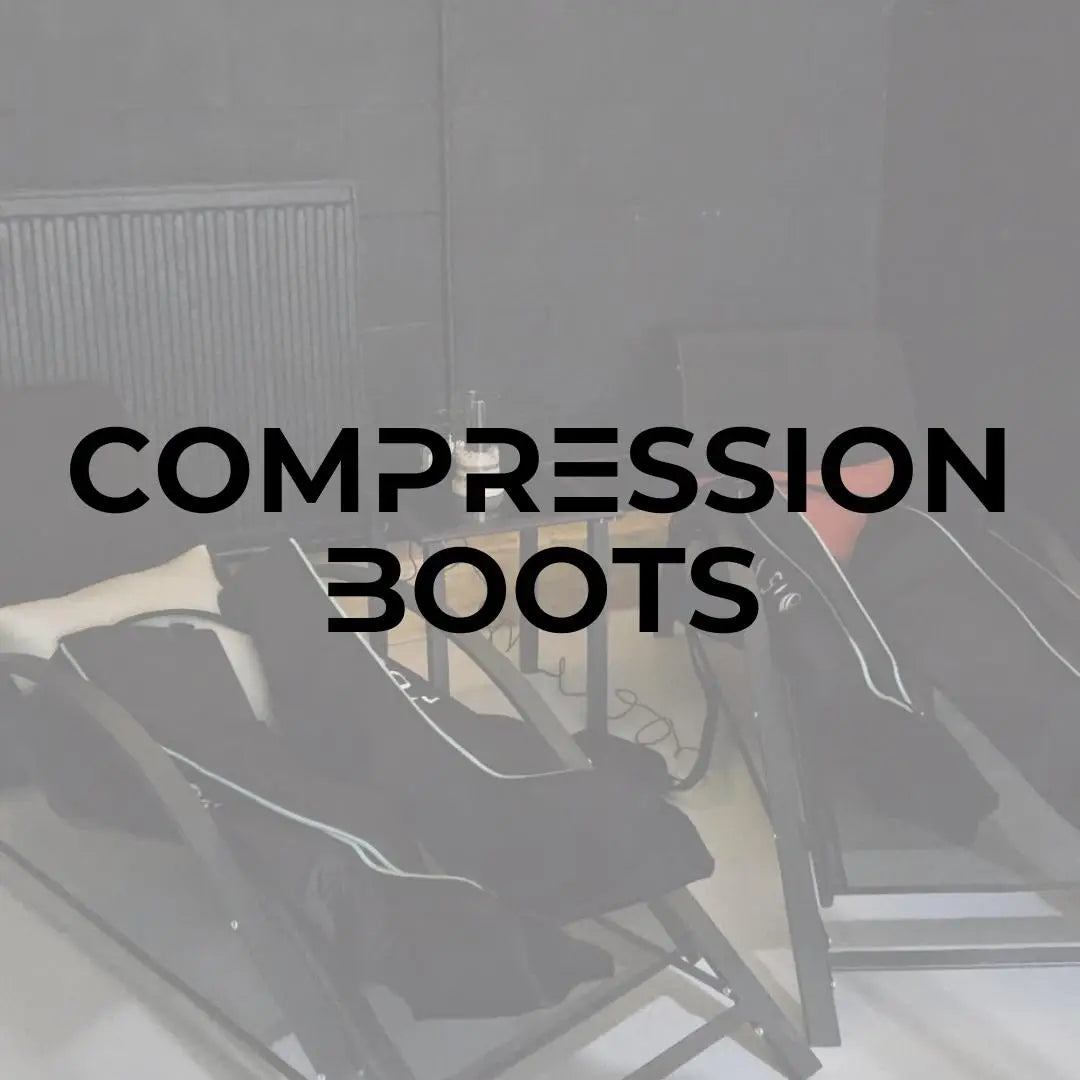
Compression Therapy: Benefits, Uses, and Risks
Share
Compression Therapy: A Guide to its Benefits, Uses, and Risks
Compression therapy refers to the application of controlled pressure to a specific part of the body, most commonly using compression bandages, stockings, or sleeves. The aim of this therapy is to enhance blood flow, decrease swelling, and provide support for soft tissue injuries. As a proven and widely used treatment, compression therapy serves people managing chronic health conditions like venous insufficiency, as well as athletes recovering from sports injuries, and those seeking relief from ongoing pain or swelling.
Benefits of Compression Therapy
Compression therapy delivers several notable benefits to individuals with circulatory and musculoskeletal conditions:
Improved Blood Circulation: By applying external pressure, compression therapy aids veins in transporting blood back towards the heart. This helps reduce pooling of blood in the legs, which is especially important for managing conditions like venous insufficiency.Reduced Swelling: Compression garments or bandages minimize swelling (edema) by mobilizing excess fluid away from the affected tissues. This is highly beneficial for those dealing with lymphedema, post-surgical swelling, or swelling caused by sports injuries.Pain Relief: Enhanced circulation and reduced inflammation can help ease discomfort. Compression therapy also stabilizes and supports injured areas, making it a valuable tool for those with sprains, strains, or arthritis.Faster Healing: By optimizing blood flow and managing inflammation, individuals may recover more quickly from wounds, surgical procedures, or musculoskeletal injuries—a key benefit for those with an active lifestyle or athletes recovering from sports injuries.Prevention of Blood Clots: Regular use of properly fitted compression therapy can help lower the risk of deep vein thrombosis (DVT), particularly in people who are immobile, have had surgery, or present other risk factors.Uses of Compression Therapy
Compression therapy has a broad range of medical and therapeutic applications, making it a versatile choice for managing and treating:
Venous Insufficiency: When the veins struggle to send blood back toward the heart, resulting in pooling and swelling, compression therapy plays an essential role in symptom management and prevention of complications.Lymphedema: With blockages in the lymphatic system causing fluid accumulation, compression helps move lymph fluid out of the affected areas and minimizes discomfort and swelling.Deep Vein Thrombosis (DVT): For individuals at risk of developing blood clots in deep veins, especially in the legs, carefully regulated compression therapy can help support circulation and prevent clot formation.Edema: Swelling due to fluid retention—be it from injury, surgery, or a chronic condition—can be effectively managed with targeted compression devices.Sports Injuries: Compression therapy is routinely incorporated into recovery protocols to manage acute swelling, control inflammation, relieve pain, and support quicker return to activity following sports-related injuries.Post-Surgical Recovery: To manage swelling and accelerate healing after various surgeries, doctors may recommend compression therapy as part of a comprehensive rehabilitation plan.Types of Compression Therapy
Several methods and devices are available to deliver compression therapy, each designed to meet different needs and offer unique benefits:
Compression Bandages: Reusable, adjustable elastic bandages can be wrapped around limbs to deliver customizable levels of compression. They are often used for acute injuries, post-operative care, or chronic swelling.Compression Stockings: These specialized socks or hose are engineered to provide graduated compression (strongest at the ankle, decreasing up the leg) for various severities of venous insufficiency, DVT prevention, or everyday support.Compression Sleeves: Available for the arms, legs, and sometimes joints, sleeves provide targeted compression for managing swelling, supporting recovery from sports injuries, and enhancing circulation during and after exercise.Pneumatic Compression Devices: These advanced devices use air chambers to offer intermittent or sequential compression, primarily benefiting patients with severe venous disorders or persistent lymphedema when conventional compression is insufficient.Risks of Compression Therapy
Although compression therapy is generally safe when used correctly and under medical supervision, there are some potential risks to consider:
Skin Irritation: Improper application, overly tight garments, or prolonged wear can cause skin redness, irritation, blistering, or ulceration. Individuals with sensitive skin should use caution.Nerve Damage: Excessive or uneven compression may compress nerves and lead to numbness, tingling, or even long-term nerve injury, highlighting the importance of correct sizing and fitting.Blood Clots: While compression therapy helps prevent blood clots in many cases, it may not be appropriate for everyone at risk of clots. Undiagnosed or untreated clots can worsen without proper medical guidance.Allergic Reactions: Hypersensitivity to the textile materials in compression garments or adhesives in bandages can trigger allergic reactions in some users, resulting in itching, rashes, or discomfort.When to See a Doctor
Consult your healthcare provider before starting compression therapy, especially if you have pre-existing medical conditions such as diabetes, arterial disease, nerve problems, or active infections. Choosing the right type and level of compression requires professional assessment to ensure safety and effectiveness. Seek prompt medical attention if you experience:
Conclusion
Compression therapy is an established and effective option for managing conditions leading to poor circulation, chronic swelling, and pain. With benefits ranging from improving blood flow to aiding recovery after sports injuries or surgeries, it empowers users to maintain mobility and comfort. To maximize the value of compression therapy, always follow personalized instructions from a healthcare professional, ensure proper fit and usage, and address any concerns promptly. This content serves for general information only; individual needs and risks must be evaluated with your doctor before beginning or modifying any health treatments related to compression therapy.
Remember, this information is intended for general knowledge and should not be considered medical advice. Please consult with a qualified healthcare professional for any health concerns or before making any decisions related to your health or treatment.